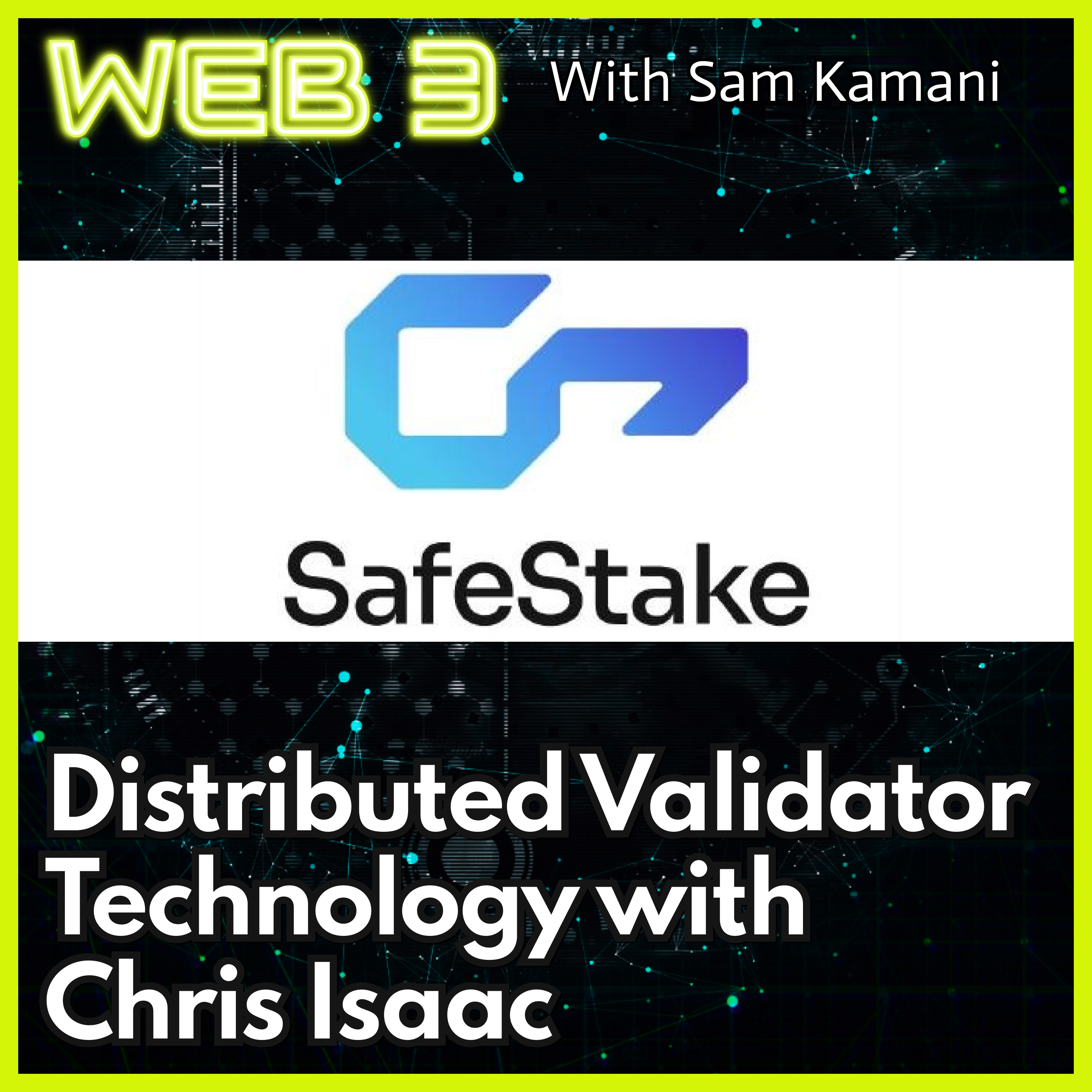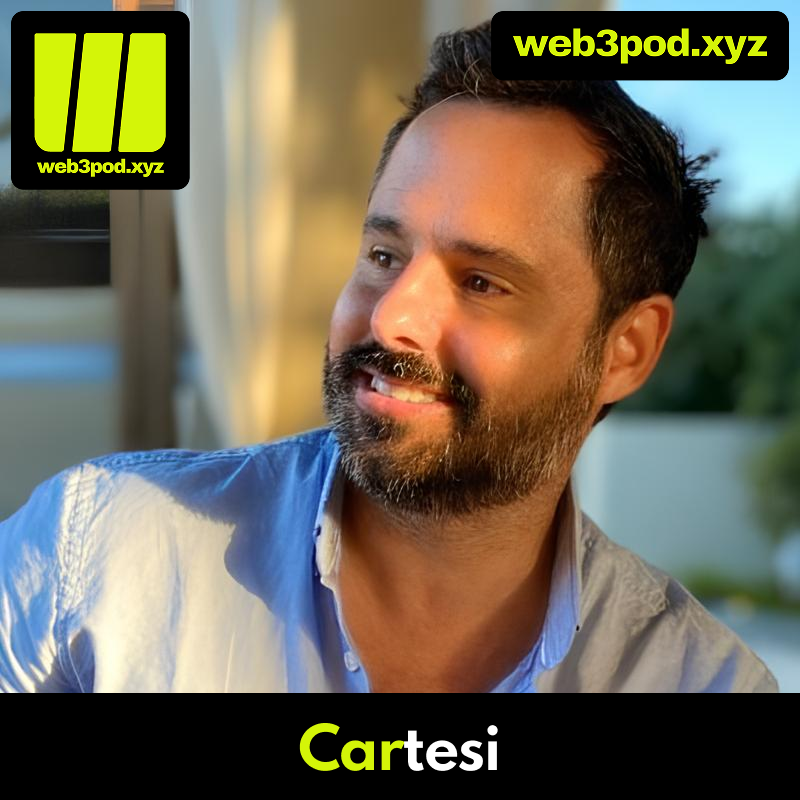How distributed validators are reshaping Ethereum staking – with Chris Isaac of Safestake

A more reliable future for Ethereum staking is here.
In this episode, I sat down with Chris Isaac, co-founder of Safestake, to talk about one of the most exciting infrastructure innovations in Ethereum staking: distributed validator technology (DVT).
For anyone staking ETH or considering it, the current landscape presents two extremes—staking with major players like Coinbase or Lido, or going solo with technical overhead and exposure to downtime risks. Safestake introduces a third way: trust-minimized, fault-tolerant, and decentralized staking for all.
Let’s unpack what that means.
What is Safestake and why does DVT matter?
At its core, Safestake is building middleware that decentralizes Ethereum validators using DVT. Instead of a single machine being responsible for validator duties, DVT allows a validator to run across multiple independent nodes—up to four in Safestake’s design.
This means:
- Better uptime: If one node goes offline, others keep running.
- Higher security: No single point of failure.
- More inclusion: Smaller stakers can participate without needing 32 ETH upfront.
How it works under the hood
Chris explains that validators on Safestake are split across four nodes. These nodes use cryptographic coordination to sign duties together, avoiding slashing while maintaining consensus. Each node is independently operated, which means even geographic or network failures can be mitigated.
For solo stakers, this offers a powerful alternative to traditional setups. For large staking pools or institutions, it’s a way to scale securely without over-centralization.
Safestake vs Lido, Coinbase, and the rest
While platforms like Lido offer liquidity, they also introduce centralization risks and reliance on whitelisted node operators. Safestake takes a different route:
- Open architecture: Anyone can become a node operator.
- No reliance on smart contract governance for validator rotation.
- Truly decentralized validator set, enabling participation from smaller operators.
The goal is not to become another staking pool but to empower the next generation of staking infrastructure—think of Safestake as the rails, not the train.
Roadmap and current status
Safestake is currently live on Holesky testnet with an open beta. Mainnet launch is on the horizon, and the project has been deliberately rolling out in stages to prioritize security, community feedback, and ease of onboarding.
Chris emphasized that onboarding smaller, retail stakers is a key priority—especially those priced out by the 32 ETH minimum requirement.
Marketing in a bear market
When asked about Safestake’s go-to-market strategy, Chris was candid. The team is focused on education, grassroots community building, and technical transparency. Instead of throwing money at ads, they’re leaning on credibility, trust, and open-source collaboration.
They’re also tapping into the Ethereum validator community—people already running nodes—by offering a more fault-tolerant and decentralized setup than going solo.
Content, pivots, and AI
In a thoughtful aside, Chris shared how content creation has evolved with the rise of AI. While AI can assist with scale, authenticity and clarity still win in a technical space like Ethereum. Safestake’s blog and documentation aim to reflect that ethos—human-readable, jargon-light, and genuinely useful.
Safestake’s token and its role
Although not the focal point of the discussion, Chris hinted at an upcoming token that would help coordinate incentives within the ecosystem. Its primary role would be governance and rewarding participants in the validator network—not speculative trading.
The future of staking and Ethereum
Looking ahead, Chris sees continued growth in DVT and further fragmentation of the staking stack. Layer 2s will play an increasingly important role, and Safestake is positioning itself to serve validators operating across multiple chains and rollups.
Ethereum staking is no longer just about yield—it’s infrastructure. And the projects that make it more accessible, secure, and decentralized will shape the network’s future.
Key Takeaways
✅ Distributed validators = fewer single points of failure
✅ 4-node validator design ensures uptime and redundancy
✅ Retail stakers can join without needing 32 ETH
✅ No smart contract rotation = higher transparency
✅ Mainnet soon. Testnet live now.
✅ Token plans are in motion—but with purpose, not hype.
Listen to the full episode
Connect with Safestake
- Website: safestake.xyz
- Testnet: holesky.safestake.xyz
- X: @SafeStakeDVT / @ethstak3r.eth
- Telegram: ParaState
- Discord: Safestake Discord
- LinkedIn: Christopher Isaac




